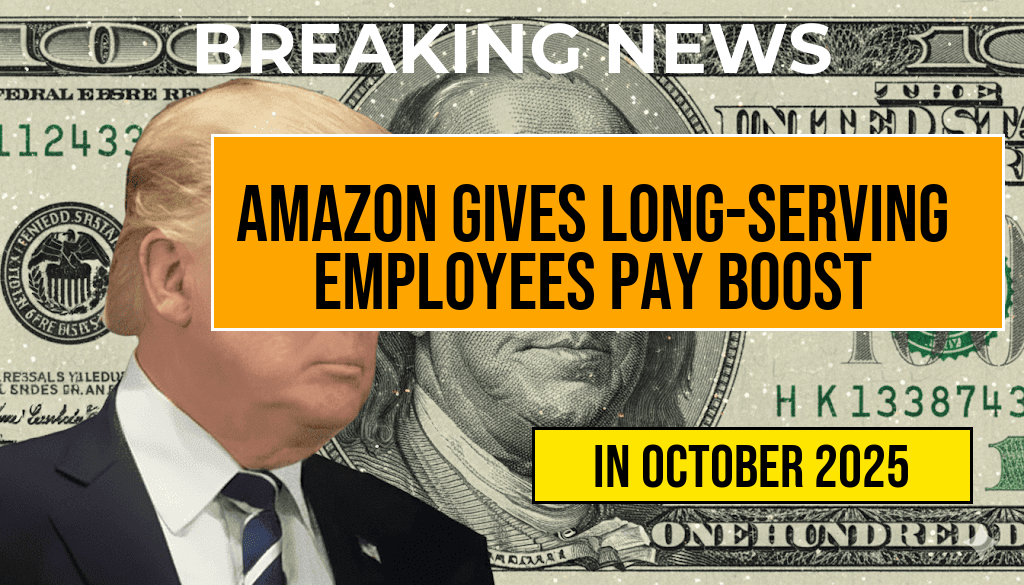California and New York are on track to reach a significant milestone in workers’ compensation with their upcoming minimum wage increases, set to surpass $16.50 per hour. As both states continue to adjust their wage policies in response to economic shifts and cost-of-living concerns, millions of employees may soon see their base pay rise. California’s phased increase, aligned with legislative efforts to address income inequality, aims to elevate the minimum wage to $17.00 by 2024, while New York’s recent adjustments push the hourly rate to $16.50 for large employers, with smaller businesses following suit shortly after. These changes reflect broader efforts to bolster economic stability and improve living standards amid ongoing inflationary pressures. Employers, workers, and policymakers are closely watching how these developments will influence labor markets, business operations, and regional economic health.
California’s Path to a $17.00 Minimum Wage
Legislative Background and Timeline
California’s journey toward a $17.00 minimum wage has been marked by deliberate legislative steps. The state’s current minimum wage varies by employer size, with larger companies mandated to pay more. Under recent laws, the rate is set to increase incrementally through 2023, culminating in a $15.50 rate for employers with 26 or more employees by January 1, 2023. The state government has committed to reaching $15.00 for smaller businesses by 2023, with a planned rise to $15.50 in 2024. Further steps include a scheduled increase to $16.00 in 2025, with the goal to hit $17.00 by 2027, aligning with broader economic reforms aimed at reducing income disparity.
Economic Impacts and Industry Responses
Business sectors across California exhibit mixed reactions to the impending wage increase. While many support the move as a means to stimulate consumer spending and reduce poverty, some small business owners express concern over the potential for increased labor costs to impact profitability. Despite this, the state’s low unemployment rate and robust job growth suggest a resilient labor market capable of absorbing these shifts. Advocates highlight the positive effects on workers’ purchasing power, especially in high-cost urban centers like Los Angeles and San Francisco. The California Chamber of Commerce has called for ongoing dialogue to balance economic growth with fair wages, emphasizing the importance of supportive small business policies.
New York’s Accelerated Wage Growth and Its Regional Context
Recent Legislative Actions and Future Plans
New York’s minimum wage policies have evolved rapidly, with the state setting a goal to reach $15.00 per hour for all workers by the end of 2021. Since then, the wage floor has continued to increase, driven by broad legislative support and regional economic factors. As of 2023, the minimum wage for large employers in New York City has been raised to $16.50, with plans to reach $17.00 by 2024. Upstate regions are also seeing increases, aiming for parity with the city’s standard. The state’s approach emphasizes a phased implementation to allow businesses time to adapt, especially in sectors heavily reliant on low-wage labor such as hospitality and retail.
Labor Market and Socioeconomic Effects
The wage hikes are expected to bolster income levels for thousands of workers, reducing reliance on government assistance programs. However, some economists warn that rapid increases could lead to increased automation or shifts in employment patterns, particularly in smaller firms with limited margins. Nonetheless, labor unions and advocacy groups have applauded New York’s efforts, citing improved standards of living and greater economic equity. The state’s diverse economy, which includes finance, technology, and manufacturing, presents unique challenges and opportunities as it transitions toward higher minimum wages.
Comparative Overview of State Minimum Wages
| State | Current Minimum Wage (2023) | Projected Wage by 2024 | Notes |
|---|---|---|---|
| California | $15.50 (large employers) | $17.00 | Phased increases, reaching $17.00 by 2027 |
| New York | $16.50 (large employers, NYC) | $17.00 | Target for 2024; regional adjustments ongoing |
Broader Economic and Policy Implications
Addressing Income Inequality and Cost of Living
Both states’ initiatives are part of a larger national conversation about living wages and economic mobility. With rising housing costs and inflation, a minimum wage of $16.50 or more could significantly impact working families’ ability to meet basic needs. Policymakers argue that these increases help bridge the gap between stagnant wages and escalating expenses, fostering more equitable economic growth.
Challenges and Considerations for Future Policy
While wage increases are generally viewed as positive, they prompt questions about long-term sustainability and economic competitiveness. Stakeholders are calling for complementary policies, such as targeted tax incentives and workforce development programs, to support small businesses and vulnerable sectors. The balance between fair compensation and economic vitality remains a central theme in ongoing policy debates.
For further insights into minimum wage policies and their economic effects, resources such as Wikipedia’s overview of minimum wage and Forbes’ coverage on recent wage hikes provide comprehensive analysis.
Frequently Asked Questions
What is the upcoming minimum wage milestone in California and New York?
The upcoming milestone is reaching a $16.50 per hour minimum wage in both California and New York, marking a significant step toward better wages for workers in these states.
When is the $16.50 minimum wage expected to take effect?
The specific dates vary by region, but both California and New York are preparing to implement the $16.50 minimum wage within the upcoming years as part of their scheduled wage increases.
How will this wage increase impact workers in California and New York?
This increase will benefit many low- and middle-income workers by providing higher earnings, improving economic stability, and supporting a better quality of life across various industries.
Are there any exceptions or phased approaches to reaching the $16.50 minimum wage?
Yes, both states may employ phased increases or exceptions based on business size or industry. Employers should consult local regulations to understand specific timelines and requirements.
What are the broader economic implications of achieving this minimum wage milestone?
Reaching a $16.50 minimum wage is expected to boost consumer spending and support local economies, although there are ongoing discussions about potential impacts on business costs and employment levels.






